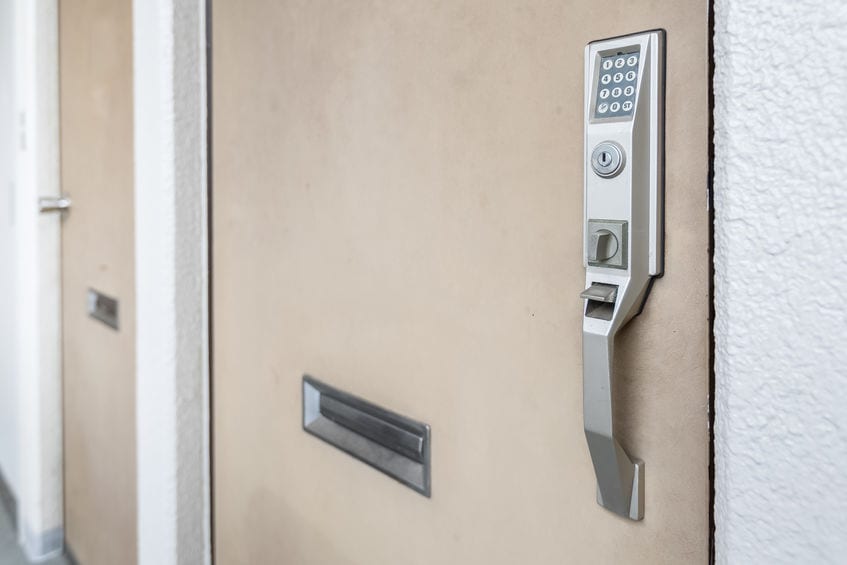PHILADELPHIA, PA – Confronted with a locked door with an electronic keypad, a nurse was shocked to find that the code was not blatantly etched on the door or doorframe somewhere.
“This completely breaches one of the unsaid rules in the hospital,” said RN Annie Bolt. “If there’s a code for a hospital door, just look high up on the door or the doorframe. It’ll be there. No one ever memorizes the codes to these doors. I’m speechless.”
To make matters worse, no one appears to be on the other side of the door, making entry that much harder.
For decades, nurses and other health care professionals have had no time to commit several random numbers to memory. Thus, the solution seemed easy for professionals tasked with documenting all the time: document the code around door.
“You don’t tell anyone it’s there,” Bolt explained, “but every doctor, nurse, PA, tech, whomever knows it’s there. It’s an unwritten code.”
Well, actually, it’s a written unwritten code.
Unable to wait any longer, Jones ventured a guess. She was relieved to know she got it in one try. “1, 2, 3, 4,” Jones told us with a smile. “Hospital door codes, incredibly hard to crack.”







